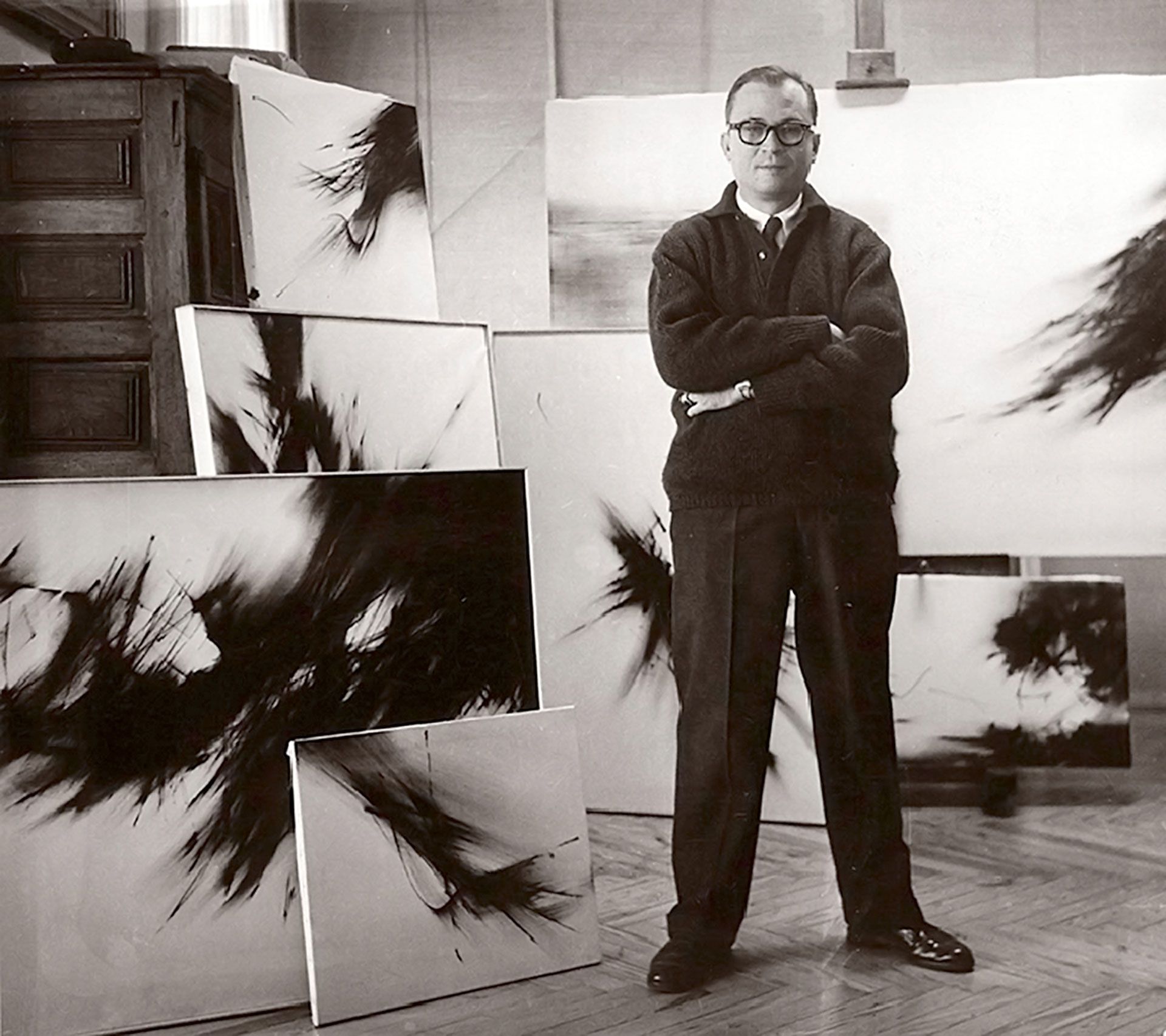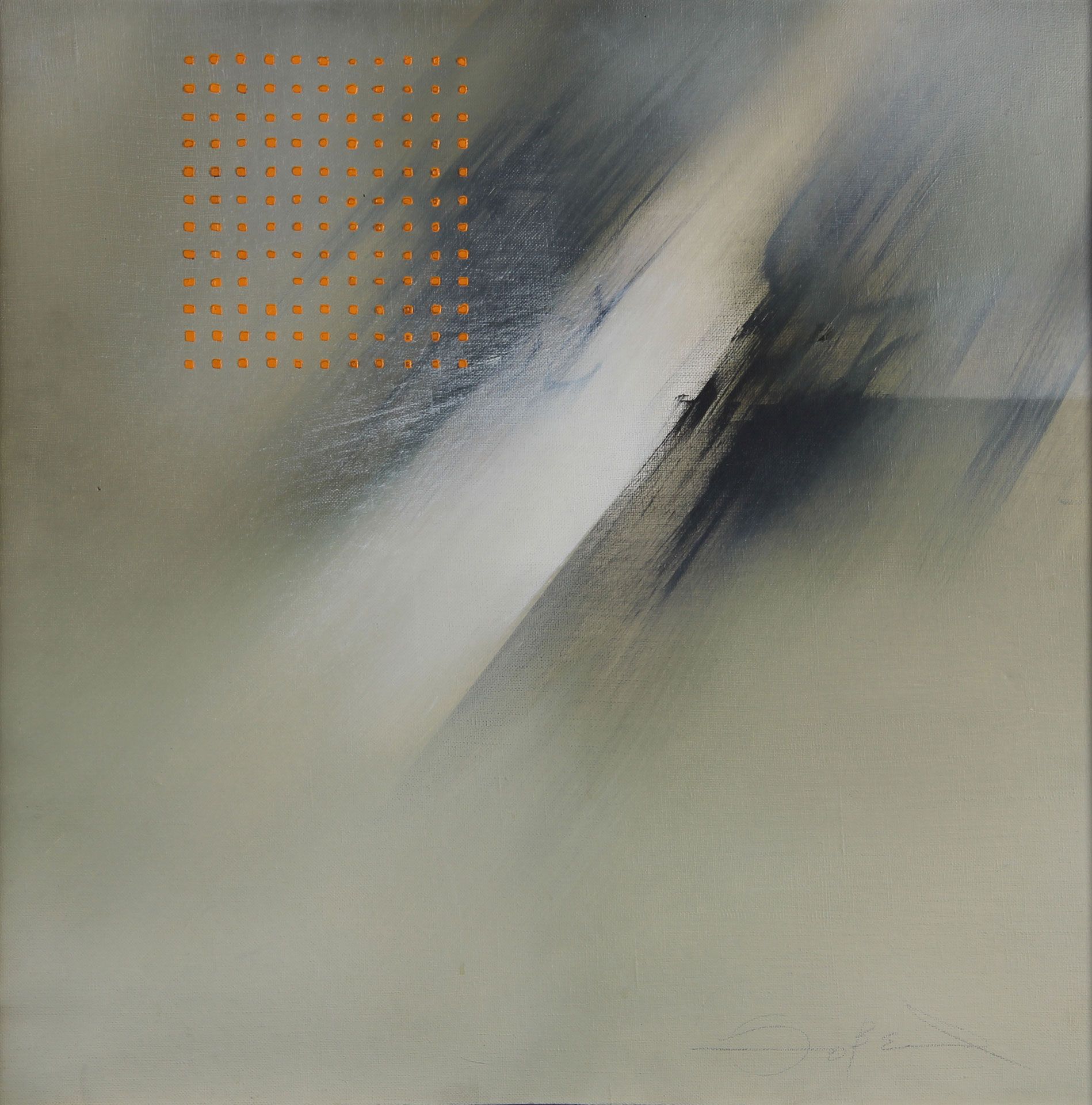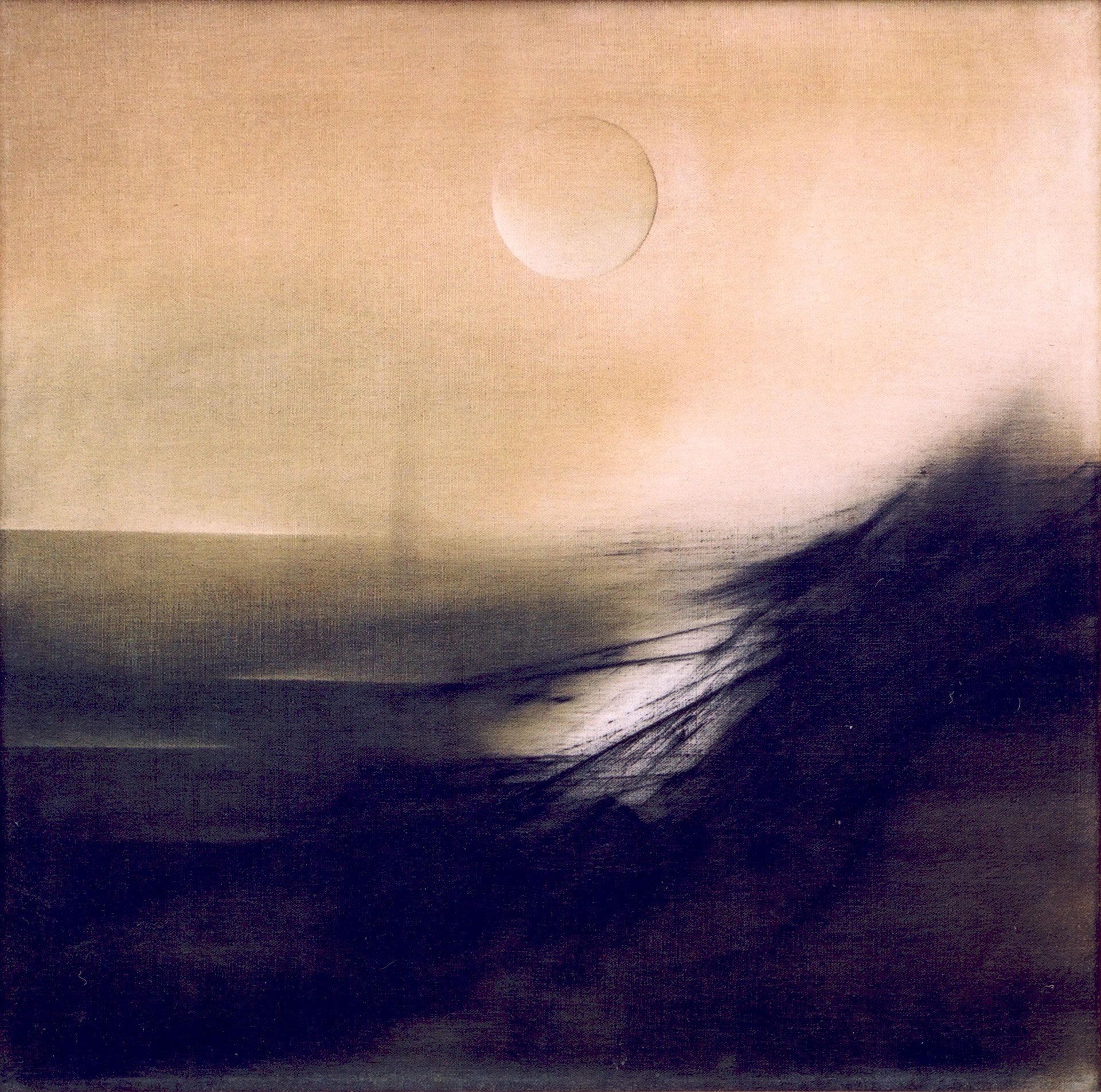After two years of research and hard work, Fernando Zóbel’s catalogue raisonné is in the final stages of its completion
A catalogue raisonné is a comprehensive list of an artist’s known works. Its objective is to be a reliable source and an authority on the artist, providing precise and accurate information about each work of art. Artists who have had a substantial sum of work would be well-served to have a catalogue of their works, especially when they have made significant contributions to society through their craft. Such is the case for Fernando Zóbel.

Though his untimely death was more than three decades ago, Zóbel remains an important figure in modern Spanish abstract art, as well as in the Philippines where he has pioneered the field. He is well-known for his Saetas and Serie Negra paintings. His legacy continues in the museums he helped found: Museo Abstrata Español in Spain, and the Ateneo Art Gallery and Ayala Museum, both of which are in the Philippines. Zobel’s works also returned to the Venice Biennale in 2017 after a 55-year absence. The Ayala Museum mounted an exhibition titled Zóbel Contrapuntos, which featured some of Zóbel’s works at his prime.



